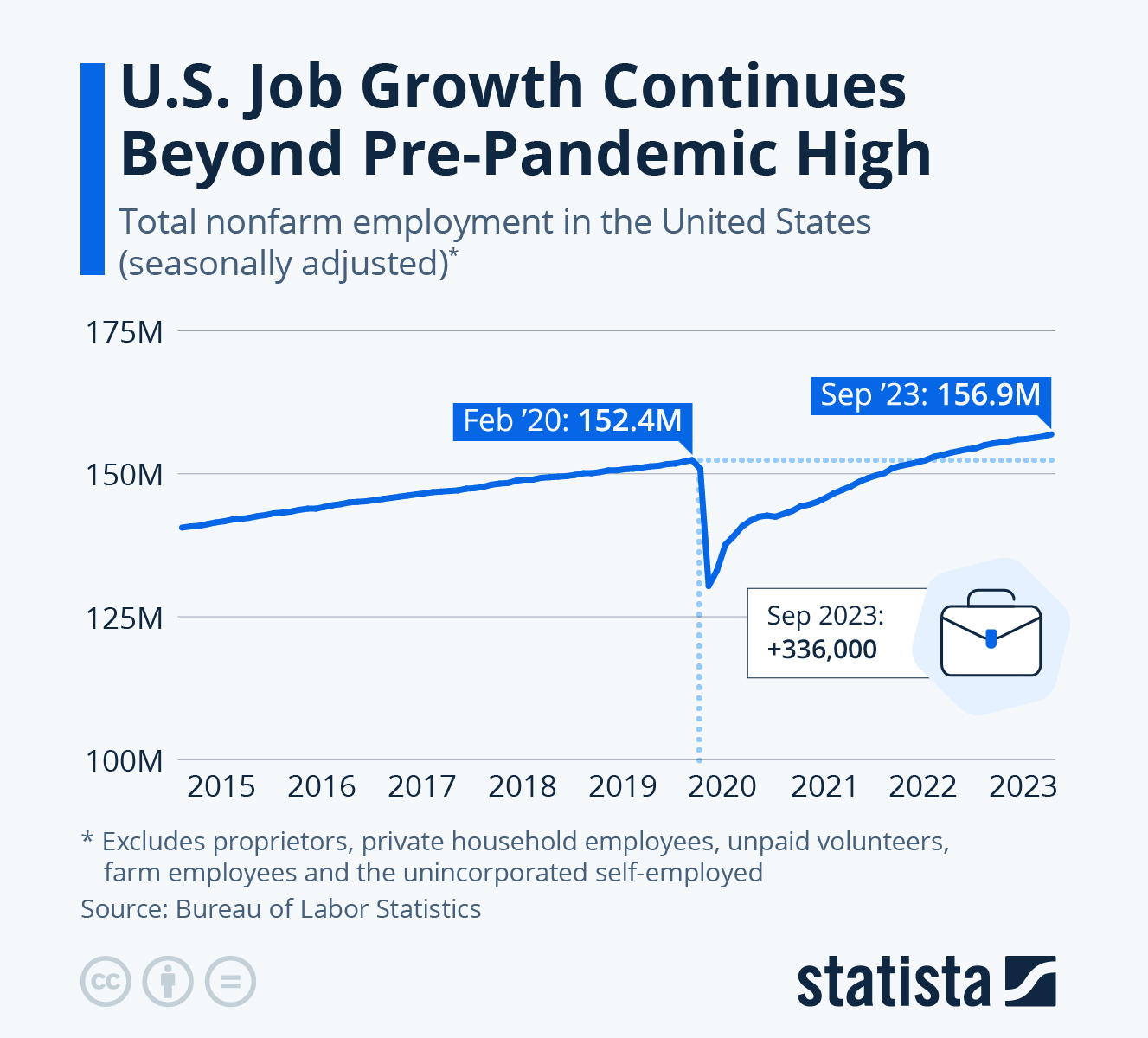But why is video upscaling so crucial? How AI video upscaling is different from traditional video upscaling? Read this article to learn the necessity of video upscaling, how AI video upscaling excels, and explore a variety of AI video upscalers on the market.
Part 1: Why Video Upscaling is Necessary
Nowadays, videos have become an indispensable part of our digital lives. However, due to the limitation of recording equipment, ambient environment, and a variety of other factors, some videos are of low quality and suffer from a lack of detail, pixelation, and overall poor visual quality, making them less enjoyable to watch. That is where video upscaling technology comes to the rescue.Part 2: AI vs. Traditional Upscaling Method
Traditionally, upscaling was done using simple methods like pixel duplication or bicubic interpolation. However, these techniques often resulted in blurry or distorted images, making the upscaled videos look unnatural.AI video upscaling, however, leverages complex algorithms and machine learning techniques to analyze low-resolution videos. The software then compares each frame to thousands of similar frames from a vast database of high-quality videos. Based on this analysis, the software can predict missing pixels and fill them in, resulting in a higher-resolution output.
Part 3: Exploring AI Video Upscaler Options
There has been a surge of AI video upscaling software available in the market. This article will introduce 3 popular options, including AVCLabs Video Enhancer AI, Topaz Video Enhance AI, and Davinci Resolve.3.1 AVCLabs Video Enhancer AI
AVCLabs Video Enhancer AI stands out for its user-friendly interface and efficient processing. It uses deep learning models trained on thousands of videos and movies to upscale videos from SD (480p) to Full HD (1080p), and even up to 8K resolution.Key Features of AVCLabs Video Enhancer AI:
- Increase video resolution by 400% without quality loss.
- Enhance video quality to make them clearer and more crisp.
- Powerful face refinement technology to restore blurry faces.
- Colorize black-and-white videos in one click.
- Motion compensation to create slow-motion effects.
Pros:
- Simple and Intuitive user interface.
- Improve video quality with super resolution and multi-frame enhancement.
- A dedicated face recovery model.
- NVIDIA TensorRT Acceleration to improve speed 1-3 times faster.
- Free trial option and money-back guarantee.
Cons:
1 license for 1 PC only.Pricing:
$39.95/Month; $119.95/Year; $299.90/Lifetime; perpetual free update.3.2 Topaz Video Enhance AI
Topaz Video Enhance AI is well-known for its advanced machine-learning models that promise stunning output quality. It has the capability to upscale videos up to 8K and is exceptional at maintaining the original video's natural details and motion consistency.Key Features of Topaz Video Enhance AI:
- Can upscale videos up to 8K.
- Custom AI enhancement models to suit different needs.
- Frame interpolation technology to increase frame rate.
- Stabilization model to reduce camera shake.
Pros:
- Advanced machine learning models.
- Various customization options
- Offer a free trial to test full features
Cons:
- Complex user interface for beginners.
- Computer resource extensive
Pricing:
- $299.00 for permanent use; 1 year free update
3.3 Davinci Resolve
Davinci Resolve is acclaimed for more than just its upscaling capabilities. This software is a comprehensive suite of video editing tools, making it a one-stop solution for video creators. Its Super Scale feature is an added advantage providing quality upscaling.Key Features of Davinci Resolve:
- A wide range of features including color correction, motion graphics, and visual effects.
- AI-driven upscaling and enhancement functions.
- Comprehensive video editing tools including trimming, cropping, transitions, and more.
Pros:
- Professional post-production editing for films and television shows.
- Offers more versatility than just video upscaling.
- Robust color correction and grading capabilities.
- Wide format support.
Cons:
- Robust hardware setup to function optimally.
- It might be a significant investment for some users.
Pricing:
- Free version available; paid version at $295.00 permanently.
Last Words
It is common for us to encounter videos that are pixelated, blurry, and lacking in detail. Fortunately, increasing video quality without losing the original details is not a distant dream now. Artificial intelligence is one of the most important driving forces. The use of AI not only helps to improve the resolution but maintain its original texture, which is different from traditional upscaling. You can choose the most appropriate AI video upscaler depending on your specific needs.AVCLabs Video Enhancer AI offers a straightforward and fast video upscaling solution, while Topaz Video Enhance AI provides more tailored possibilities. On the other hand, Davinci Resolve is best for those in need of professional-grade video editing alongside upscaling. Regardless of your choice, each of these tools offers a unique approach to upscale your videos with the power of AI.
by Web Desk via Digital Information World









